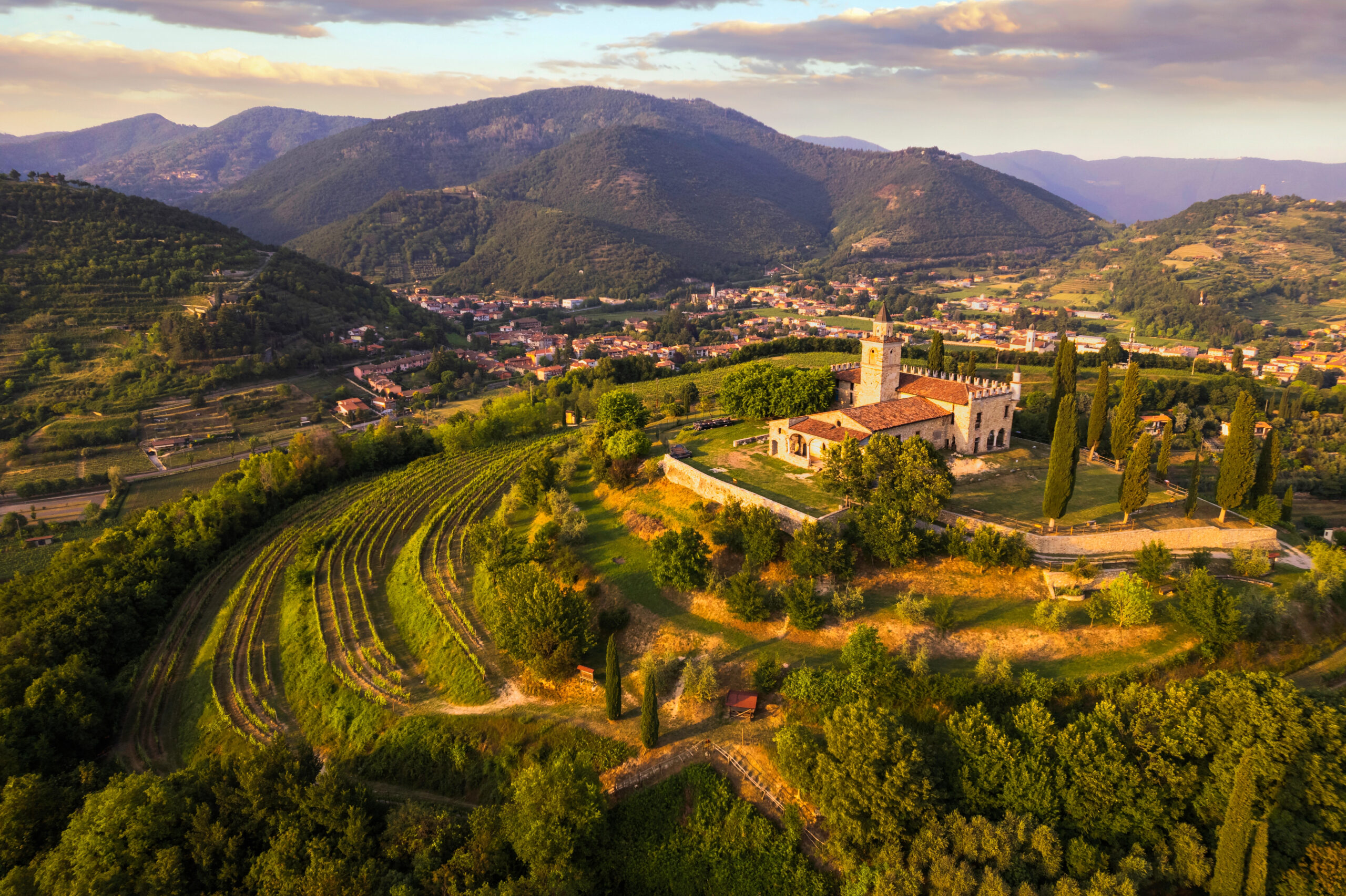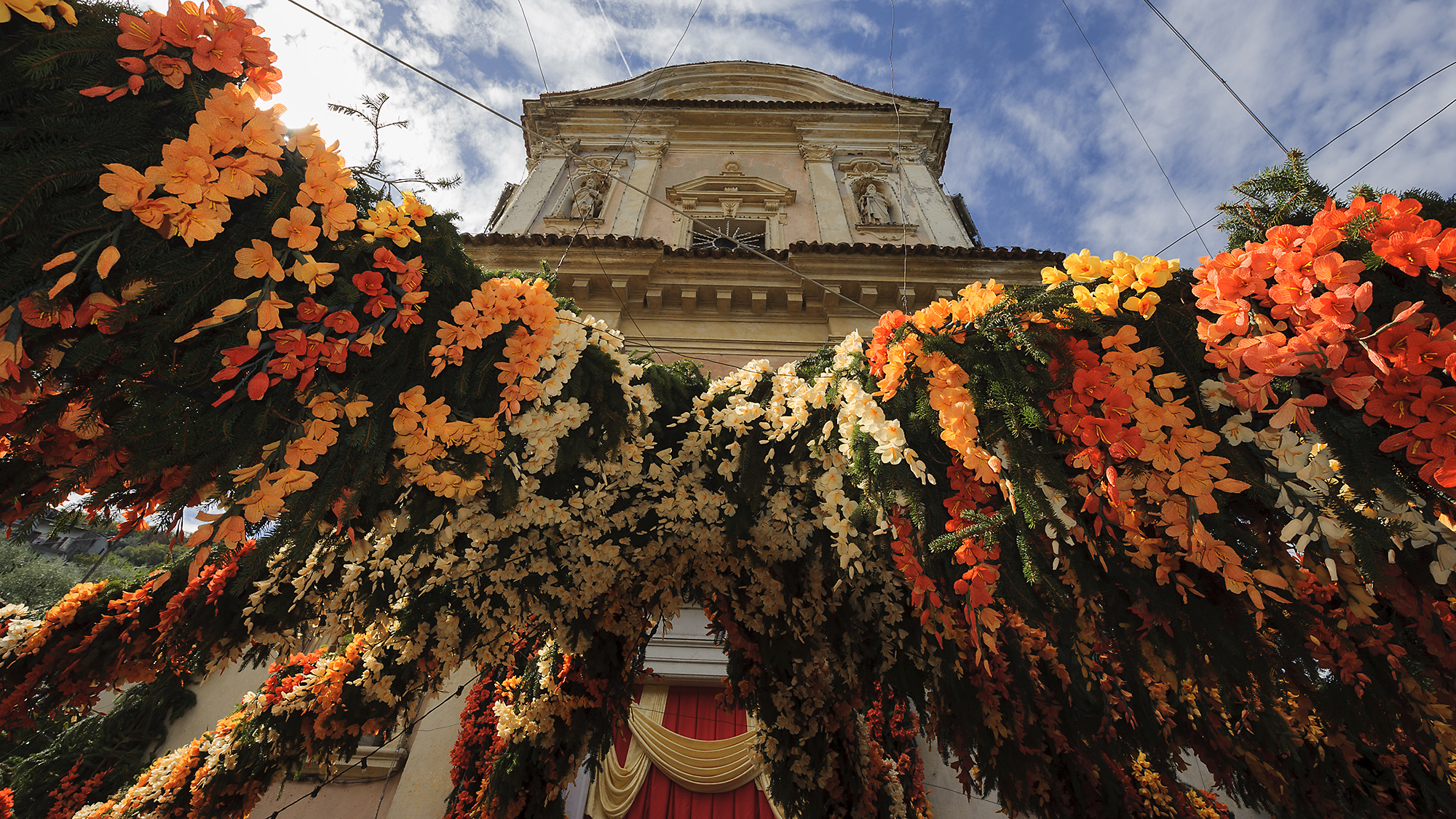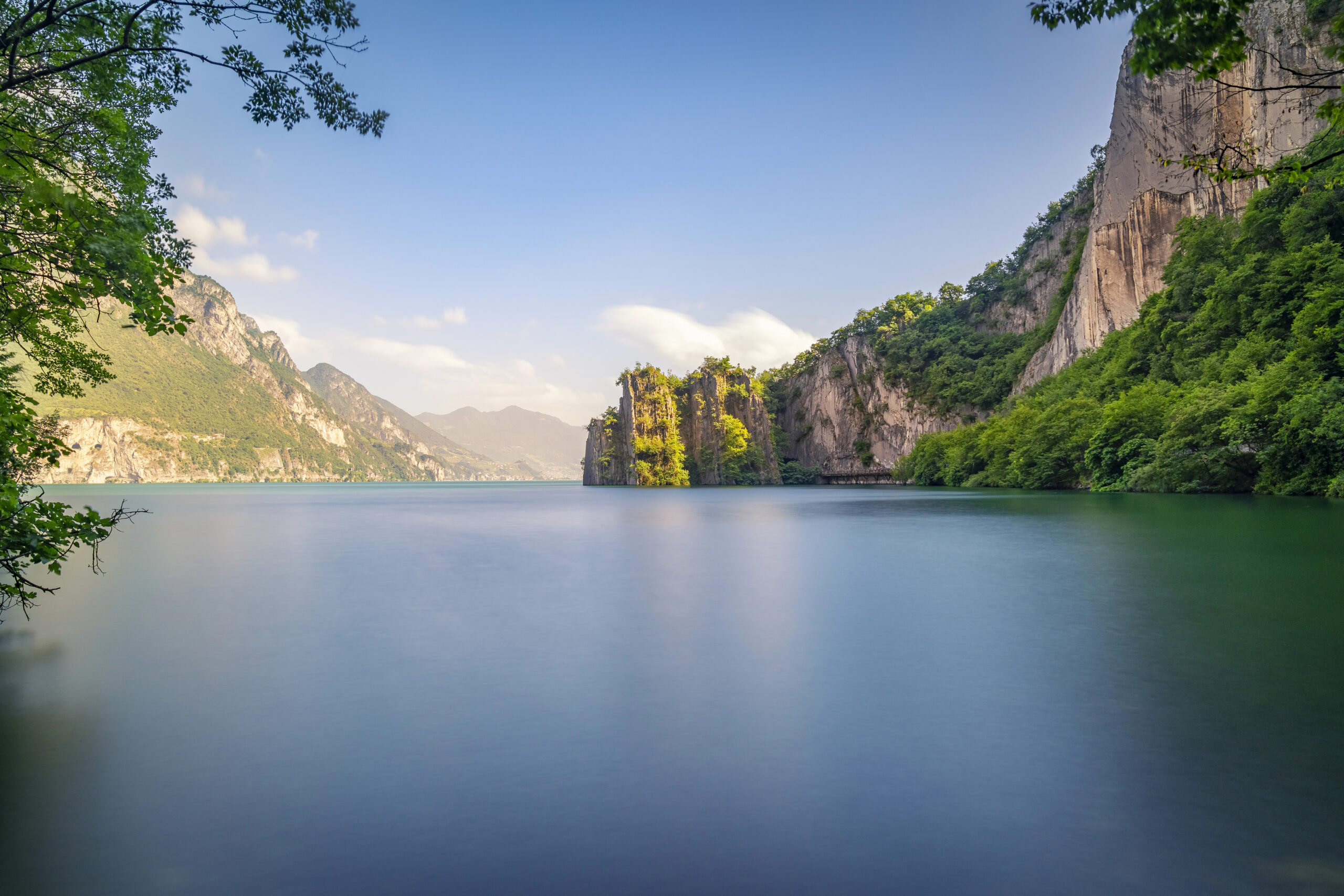In 2023, Bergamo, along with its neighbor Brescia, was chosen as the “Italian Capital of Culture.” This recognition marked a significant milestone in the cultural and social evolution of these cities, highlighting their rich heritage, vibrant arts scene, and ambitious future vision. The year-long celebration brought a myriad of events and initiatives that not only showcased the cities’ historical and artistic treasures but also laid the groundwork for a sustainable cultural renaissance.
The Importance of Bergamo’s Cultural Designation
Being named the Italian Capital of Culture is more than just a title; it’s an opportunity for cities to rejuvenate their cultural landscapes, foster community spirit, and enhance their profiles on both national and international stages. For Bergamo, this designation came at a time when the city was emerging from the shadows of the COVID-19 pandemic, which had hit it particularly hard. The cultural title offered a chance to heal, rebuild, and celebrate resilience through the arts.
Economic and Social Impact
The cultural year brought significant economic benefits, with increased tourism and investment in local businesses. Hotels, restaurants, and shops experienced a surge in visitors, eager to explore the city’s cultural offerings. Additionally, the influx of tourists helped create jobs and invigorated the local economy, providing a much-needed boost after the pandemic’s challenges.
Socially, the cultural initiatives fostered a sense of community and pride among residents. The collective effort to host and participate in numerous events strengthened civic engagement and highlighted the importance of cultural heritage in contemporary life.
A Year of Cultural Highlights
The Bergamo-Brescia 2023 initiative was packed with events that spanned various artistic disciplines, from visual arts and music to literature and theater. Below are some of the most salient events and projects that defined this cultural year.
Opening Ceremony
The year kicked off with a grand opening ceremony that celebrated the unique cultural identities of Bergamo and Brescia while emphasizing their shared histories and futures. Held simultaneously in the heart of the two cities, the event featured performances by local musicians, dance troupes, and a spectacular light show that illuminated the medieval cityscape, symbolizing a beacon of hope and renewal.
Art Exhibitions
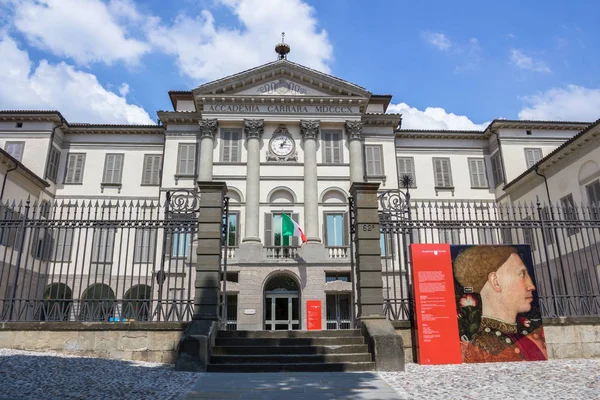
Several major art exhibitions were organized, drawing visitors from around the world. One of the highlights was the “Renaissance Bergamo” exhibition at the Accademia Carrara, which showcased works by renowned local artists from the Renaissance period. This exhibition not only celebrated Bergamo’s artistic heritage but also provided context for its influence on European art.
Contemporary art was also prominently featured. The GAMeC (Gallery of Modern and Contemporary Art) hosted “Future Visions,” an exhibition that explored the intersection of technology and art, with interactive installations and multimedia works by both Italian and international artists. This forward-looking exhibition emphasized the role of contemporary art in shaping cultural discourse.
Music and Performing Arts
Music played a central role in the year’s celebrations. The Donizetti Opera Festival, dedicated to Bergamo-born composer Gaetano Donizetti, was one of the standout events. This festival featured a series of operatic performances that brought Donizetti’s timeless works to life, attracting opera enthusiasts from around the world.
In addition to classical music, the cultural calendar included jazz, rock, and folk music festivals. The Bergamo Jazz Festival, renowned for its high-quality performances, featured concerts by acclaimed jazz musicians in various venues across the city, from intimate clubs to grand theaters. Not to be forgotten is the busy summer schedule of contemporary music concerts at NXT Station, located downtown within walking distance from the central station.
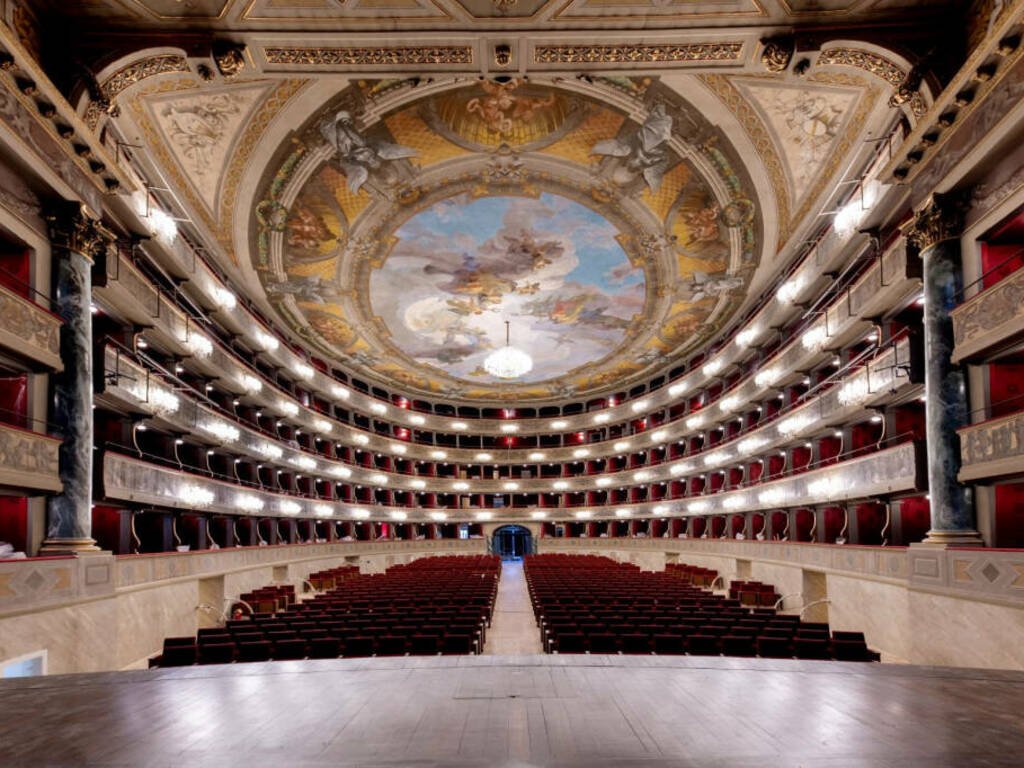
Theater also had a prominent place in the cultural year. The Teatro Donizetti and Teatro Sociale hosted numerous performances, ranging from classic plays to contemporary works. Notably, the “Theater and the City” project brought street performances and pop-up theaters to various neighborhoods, making the arts accessible to a wider audience.
Literary Events
Literature was celebrated through a series of book fairs, author readings, and writing workshops. The “Bergamo Book Fair” attracted authors, publishers, and readers, facilitating discussions on contemporary literary trends and showcasing the works of local writers. Special emphasis was placed on promoting literature for young readers, with interactive storytelling sessions and creative writing competitions for children and teenagers.
Film and Media
The Bergamo Film Meeting, an annual event that draws cinephiles from around the globe, was expanded for the cultural year. The festival featured an eclectic mix of films, from Italian classics to international premieres, and included panel discussions with filmmakers, critics, and scholars. The inclusion of new media and digital arts highlighted the evolving nature of storytelling and visual expression.
Community and Educational Initiatives
The cultural year was not just about grand events; it also focused on grassroots initiatives that engaged the local community. Numerous workshops, lectures, and educational programs were organized in schools and community centers. These initiatives aimed to foster a deeper appreciation for the arts among young people and encourage lifelong learning.
The “Cultural Ambassadors” program trained volunteers to guide visitors through Bergamo’s historical sites and cultural events, promoting a deeper understanding of the city’s heritage. This program not only enhanced the visitor experience but also empowered residents to take an active role in cultural promotion.
Architectural and Urban Projects
In conjunction with the cultural celebrations, several architectural and urban development projects were launched to enhance Bergamo’s cultural infrastructure. The restoration of historic buildings and the creation of new cultural spaces ensured that the city’s rich heritage was preserved while accommodating modern artistic expressions.
One of the most ambitious projects is the “Bergamo: La Città del Futuro” initiative, focused on the regeneration of the Porta Sud area around the railway station. This project aims to transform over a million square meters of urban space, reconnecting the southern part of the city with the central Piacentiniano district. By improving transportation links and redesigning the area into functional, integrated zones, the initiative seeks to create high-quality urban spaces that blend accessibility, sustainability, and modern design while preserving Bergamo’s cultural and architectural legacy.
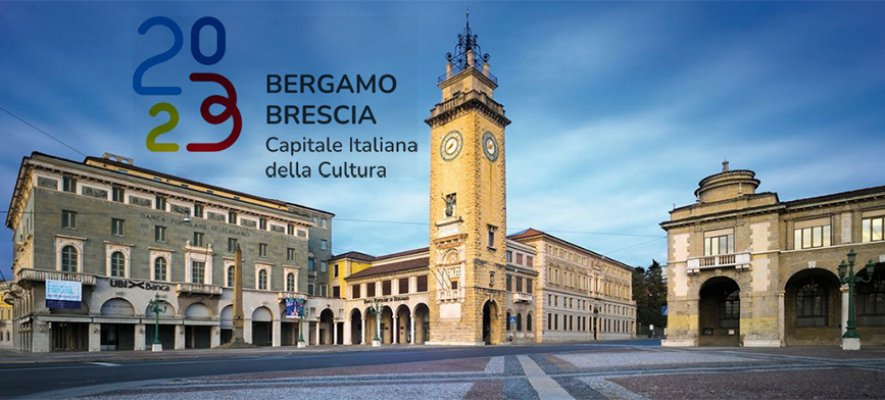
Looking Ahead: Bergamo’s Cultural Future
The designation of Bergamo as the Italian Capital of Culture 2023 has set the stage for a lasting cultural renaissance. The success of the year-long celebrations has created momentum that city leaders and cultural institutions are keen to sustain. Future plans include:
Continued Investment in the Arts
Building on the success of 2023, Bergamo is committed to continued investment in its cultural sector. Plans are in place to expand funding for local artists and cultural organizations, ensuring they have the resources needed to thrive. This includes support for both traditional arts and innovative new media projects.
Strengthening Cultural Tourism
The influx of visitors during the cultural year has demonstrated the potential of cultural tourism as an economic driver. Bergamo aims to strengthen its position as a cultural destination by promoting its rich heritage and diverse arts scene to an international audience. Collaborative efforts with Brescia and other neighboring cities will create regional cultural itineraries that attract even more visitors.
Enhancing Cultural Education
Educational programs that were initiated during the cultural year will continue to be a priority. Partnerships with schools, universities, and community organizations will ensure that cultural education remains accessible and engaging. The goal is to inspire the next generation of artists, performers, and cultural leaders.
Preserving Heritage and Encouraging Innovation
The restoration and preservation of Bergamo’s historic sites will remain a focus, ensuring that the city’s architectural gems are safeguarded for future generations. At the same time, there will be a concerted effort to encourage innovation in the arts, providing platforms for contemporary artists to experiment and push boundaries.
Strengthening Community Engagement
The cultural year demonstrated the power of community involvement in driving cultural initiatives. Going forward, Bergamo will continue to prioritize programs that engage residents and foster a sense of ownership over the city’s cultural assets. This includes expanding volunteer programs, community-led projects, and public art installations.
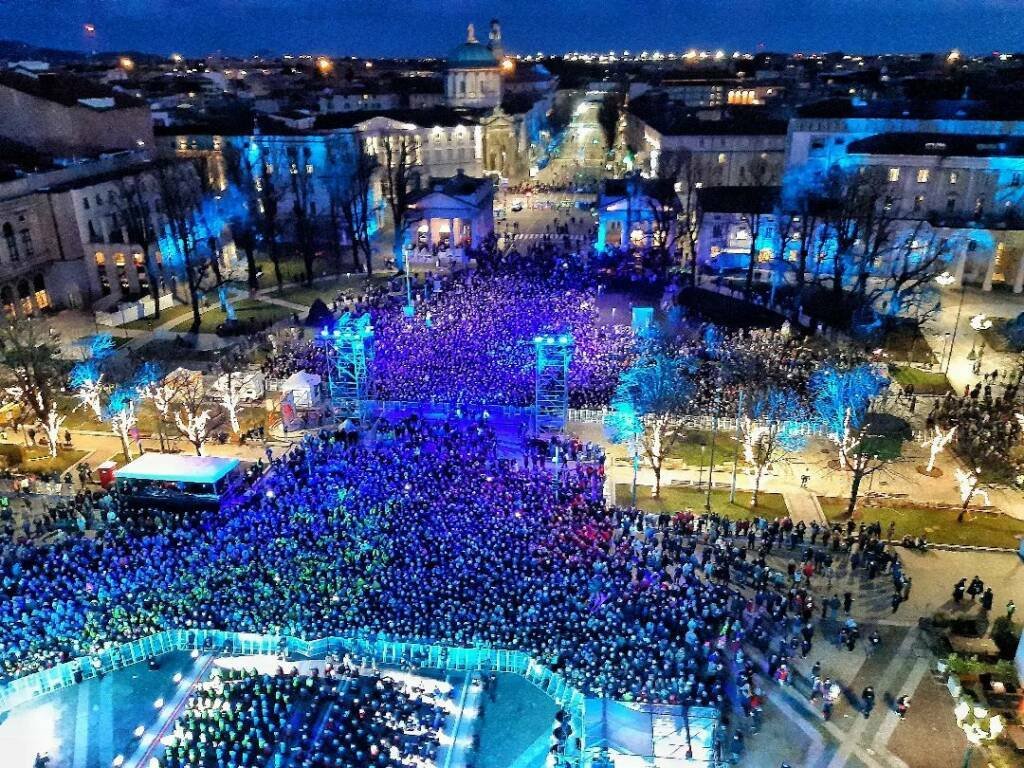
Italian Capital of Culture 2023: A New Starting-Point
Bergamo’s designation as the Italian Capital of Culture 2023, alongside Brescia, has been a transformative experience for the city. The year-long celebration not only highlighted Bergamo’s rich cultural heritage but also set in motion a vibrant future for its cultural scene. The success of the events and initiatives has fostered a renewed sense of pride and optimism among residents, while attracting visitors from around the world.
As Bergamo continues to build on this momentum, the legacy of 2023 will be seen in its thriving arts community, its dynamic cultural infrastructure, and its enhanced reputation as a cultural destination. This remarkable year has proven that with vision, collaboration, and a deep appreciation for the arts, Bergamo is poised for a flourishing future that respects its storied past while embracing innovation and inclusivity.


